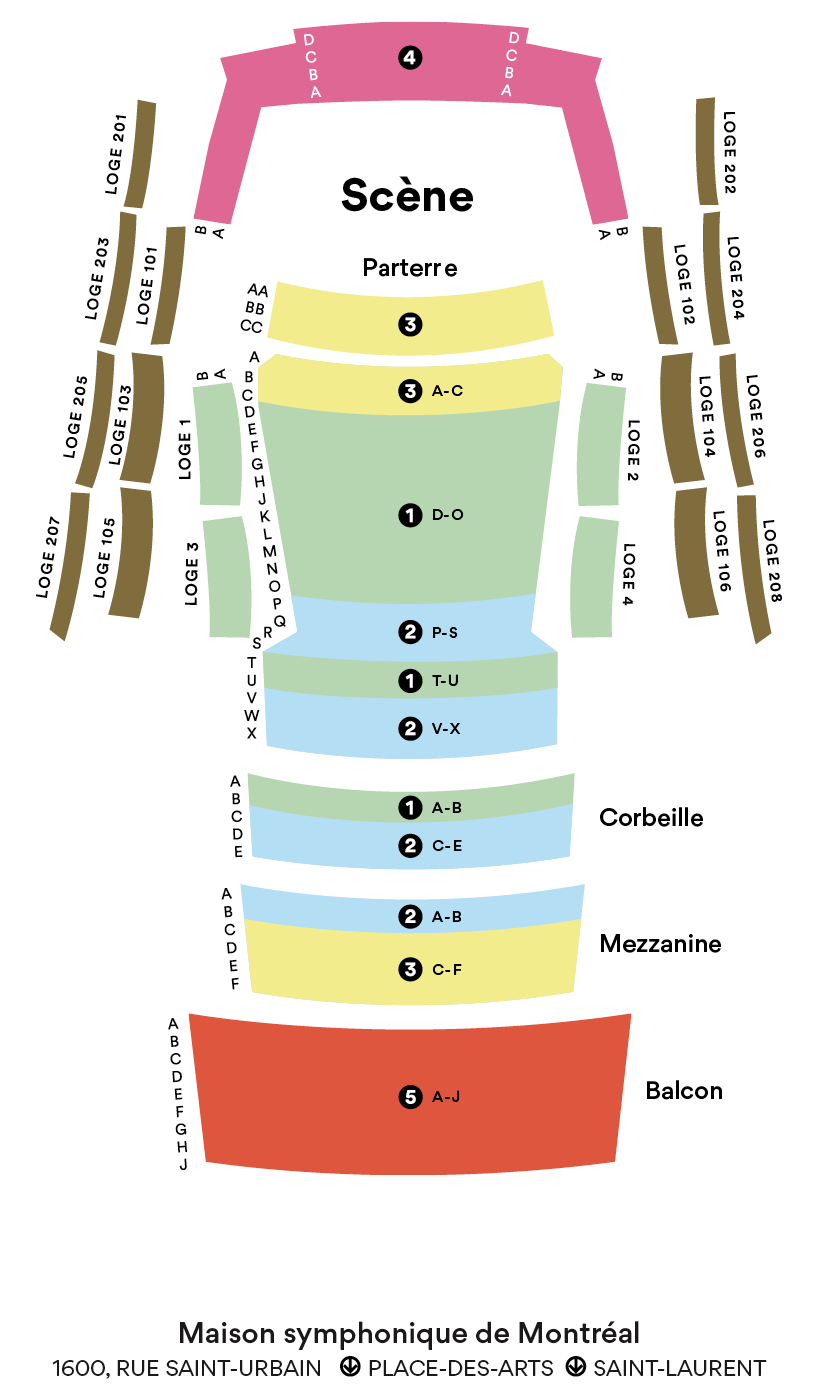La valse
Maurice Ravel
1875-1937
“I conceived of this work as a kind of apotheosis of the Viennese waltz, which mingled in my mind with the idea of a fantastic, inescapable whirling.” – Maurice Ravel, interview with Roland-Manuel, 1928.
Maurice Ravel was born in France’s Basses-Pyrénées region just before his family moved to Paris. He parents encouraged his musical talent from a very young age: “Throughout my childhood, I was sensitive to music, all kinds of music. My father . . . knew how to develop my tastes and, early on, stimulate my enthusiasm.” He enrolled at the Conservatoire in 1889, where he studied, among other things, piano with Charles de Bériot and composition with Gabriel Fauré. Interested in masters as varied as Liszt, Saint-Saëns, Rimsky-Korsakov, Chabrier and Satie, Ravel found Debussy’s art a revelation and was especially alert to Iberian and gypsy rhythms and oriental music. His earliest compositions date from this period and already establish his style.
When not touring Europe and America, Ravel led a quiet, discreet existence entirely devoted to the art of sound. Though small, his catalogue contains works in all genres except sacred music. Despite their eclecticism, they fall squarely in a classical and very French tradition, albeit with a resolutely innovative harmonic language.
It was in 1906 that Ravel first entertained the idea of writing for orchestra “a grand waltz, a sort of homage to the memory of the great Strauss, not Richard, the other – Johann,” as he wrote to a friend, explaining: “You know of my profound affinity for these admirable rhythms and that I value the joie de vivre expressed by dance…” This composition, titled Wein (Vienna), was the one that in 1918, after the Great War had ended, Sergei Diaghilev, impresario of the Ballets Russes, had convinced Ravel to complete. On hearing the original two-piano version, however, Diaghilev declared himself dissatisfied and refused to stage the work: “Ravel, it’s a masterpiece but it’s not a ballet . . . It’s the painting of a ballet!” Dedicated to the Polish pianist Misia Sert, the work was premiered at the Concerts Lamoureux in December and first danced only on May 23, 1929, at the Paris Opera by Ida Rubinstein’s company in a choreography by Bronislava Nijinska. Today it continues to be considered essentially a concert work.
Ravel describes the program in the preface to the score: “Through whirling clouds, waltzing couples may be faintly distinguished. The clouds gradually scatter: one sees an immense hall peopled with a whirling crowd. The scene is gradually illuminated. The light of the chandeliers bursts forth at the fortissimo. Set in an imperial court, about 1855.” The work presents seven themes “that follow in an unbroken sequence.” It begins mysteriously and disconcertingly on muted cellos and double basses. The familiar waltz rhythm appears and continues – with a few slight tempo changes in the lead-up to the recapitulation – until the irresistible final accelerando is reached. In constantly changing tonalities break free and recombine against “a remarkably refined treatment of the strings, . . . the piercing song of the oboe, the grating of the percussion, the brilliance of the brass and the round sonorities of the clarinets” alternating with “tuttis of a delicate texture and yet full of energy,” not to forget the harp glissandos, “rarely given such a percussive texture,” as Michel Parouty observes.
It wasn’t Ravel’s first waltz. That dates back to 1911 – his eight Valses nobles et sentimentales for piano, an homage to Schubert and the fruit of the “the delicious and forever-new pleasure of a useless occupation” – and to the following year, with his ballet Adélaïde ou le langage des fleurs. But it is this Valse, which Roland-Manuel describes as a “vertiginous composition whose whirling intensifies until it imposes the tragic obsession of a race to the abyss,” that remains a masterpiece of unbridled tension from the pen of the composer who, as Roland de Candé declared, “everyone knows may well be the most extraordinary orchestrator of all time.”
© François Filiatrault
Translation by Craig Schweickert
